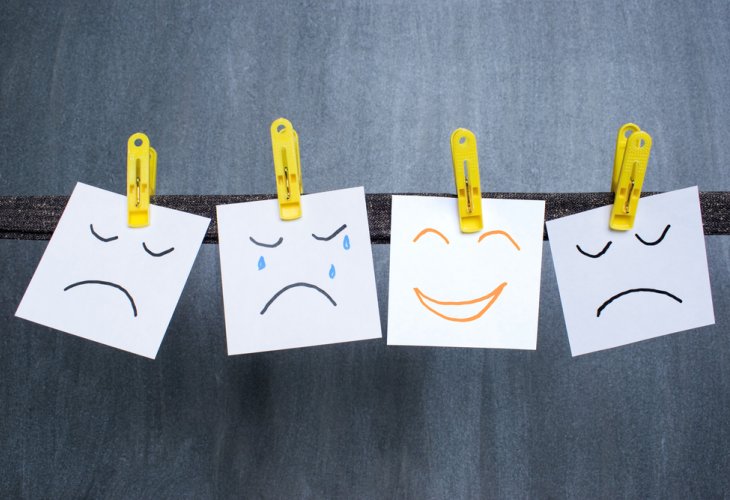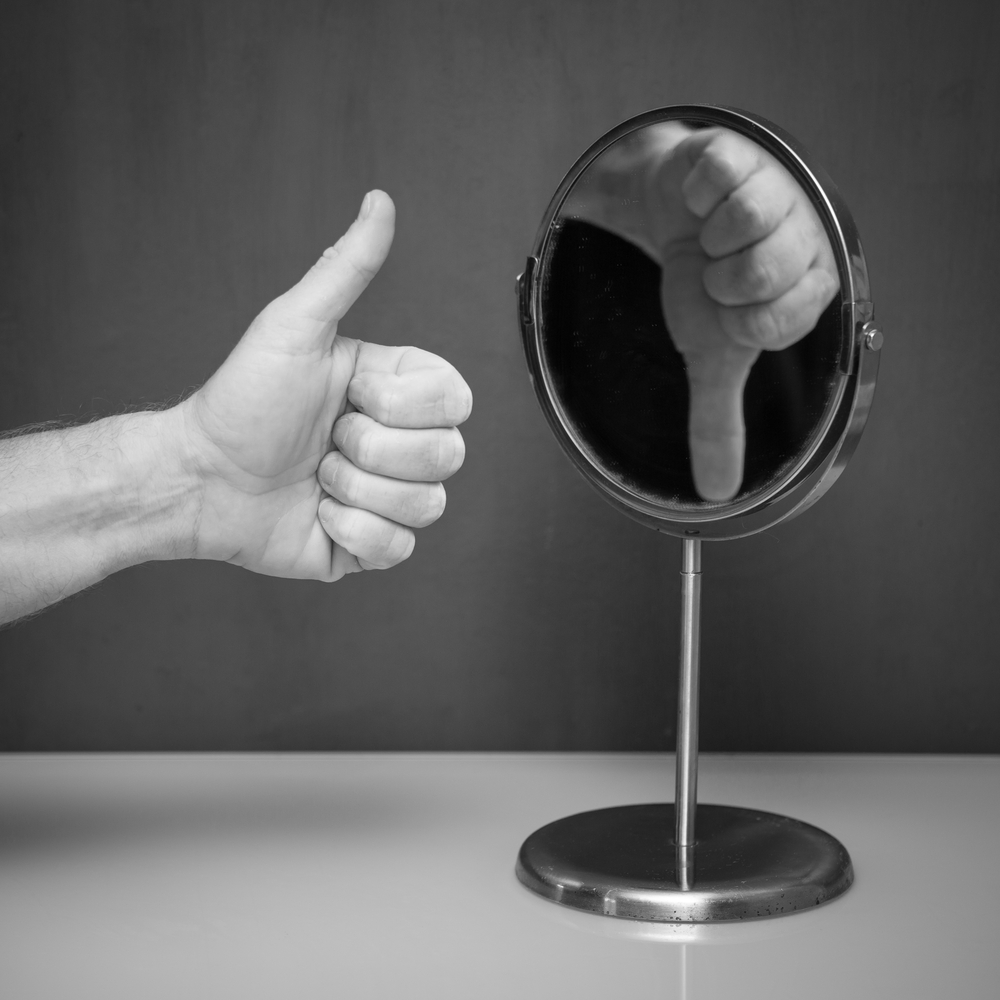Personality Development
The Power of Positive Thinking: How Optimism Transforms Your Life from Within
Uncover the hidden reasons behind negative thought patterns and learn how consistent, realistic positivity can boost success, health, and emotional resilience.
 (Photo: shutterstock)
(Photo: shutterstock)In a previous article, we discussed ways to improve positive thinking. If we dig a little deeper into what Rabbi Yisrael Salanter referred to as “the unconscious power within a person,” the inner dimension that drives much of our behavior, we’ll find that a person often prefers to dwell on negative information because they don’t believe in themselves or their abilities. This is a hidden issue that most people won’t admit, even to themselves.
When an individual lacks self-belief, they tend to consume negative content that reinforces their fears. It provides them with a false sense of relief- “There’s no point in trying to grow personally, socially, or financially.” They tell themselves: “There’s no reason to pursue financial growth in a world already in crisis,” or “Why focus on improving health in a world full of radiation?” Or, “What’s the point of studying when there’s endless information no one can fully grasp?” Even hobbies may seem pointless because “Life is too short, anyway.”
At first glance, this kind of pessimism might sound logical. In real life however, optimistic people consistently succeed more in almost every area, and they tend to live longer too, a fact even pessimists would love to enjoy.
For the same reason, those who lack self-belief often feel pleasure when others fail. They don’t necessarily wish harm on anyone, but seeing someone else fail gives them a temporary feeling of superiority- without needing to change or achieve anything themselves, which they don’t believe is possible. Of course, this is an illusion. Another person's failure doesn’t elevate anyone.
Similarly, when such a person sees someone else succeed, it can trigger anxiety. The success of others shines a light on what they themselves could have achieved. If that other person eventually fails, it provides comfort: “See? Even if I had succeeded, failure would come anyway.”
Ultimately, they gain nothing from someone else’s downfall and they still live in a reality shaped by their own limitations and negative self-perception. Other people’s failures don’t feed or sustain them, and they’re left to face the same discouragement and pain they always felt.
 (צילום: shutterstock)
(צילום: shutterstock)The Optimist vs. the Pessimist
The difference between an optimist and a pessimist plays out in three major areas:
1. Permanence of Problems:
When an optimist is laid off or feels socially rejected, they may still suffer- but they see the problem as temporary. A pessimist, by contrast, sees the current state as permanent and feels helpless to change it.
2. Proportion:
An optimist keeps problems in perspective. If their car breaks down, they say: “It’s a problem, but it will be fixed.” A pessimist, however, immediately recalls every other problem: the broken window blinds, the noisy neighbors, the stress at work. One issue snowballs into a mountain of unrelated problems.
3. Self-Image:
A pessimist ties failure to their identity: “I failed at work; I must be a failure as a person. I’ll probably fail socially, academically, everywhere.” The optimist sees the issue as circumstantial. They can fail and still believe in their capacity to succeed in other areas- or even in the same one, after some adjustments.
Optimism Is Not Naivety
It’s important to distinguish between optimism and naivety. A naïve person denies problems altogether, whereas an optimist sees problems, but chooses to focus on solutions. Optimism doesn’t mean ignoring reality, but choosing to improve it. It moves people from overanalyzing a problem’s depth to actively seeking solutions.
Consistency Is Key
Like any skill, positive thinking must be practiced consistently. You don’t become an expert at anything with a one-time effort. Positive thinking is a mindset that must be trained over time until it becomes second nature. It is essential for healthy, meaningful living.
“At first we create our habits- and then our habits create us.” This is especially true here. First, we practice seeing life in a positive light and then that habit begins to shape our entire experience.
Let’s allow ourselves to think positively. When we face challenges, let’s look for solutions and assume that the hardship can lead to growth rather than destruction. If we fail, we can learn from it, and do better next time. Even within struggle, there’s usually something positive: if we’re overwhelmed with work, perhaps it means people trust us. The solution isn’t to resent it, but to find ways to better match our load with our capacity.
When we commit to positive thinking and work to eliminate negative thought patterns, we can live more vibrant, creative, and fulfilled lives, and fully realize our inner potential.

